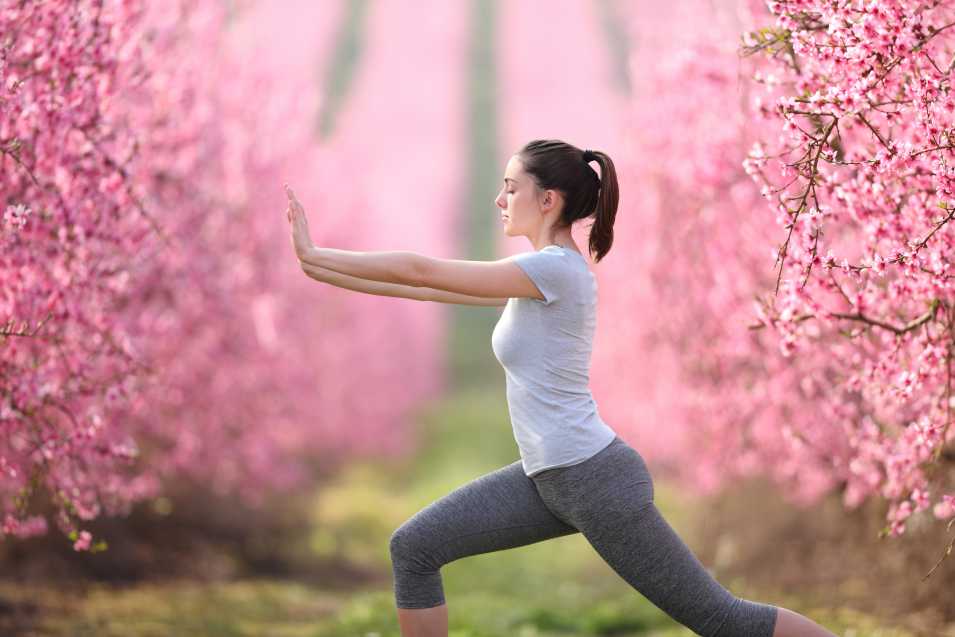Qigong vs Tai Chi; There are a number of key distinctions that can be made between tai chi and qi gong. Many experienced tai chi practitioners need to separate the two energy practices. However, there are four ways to answer this question and all of them have truth. Listed below are four ways to distinguish tai chi from qigong.
Tai Chi Benefits
Qigong vs Tai Chi; Tai Chi is a gentle physical exercise that improves muscle strength, flexibility, and cardiovascular endurance. The gentle movements can also alleviate age-related health issues such as osteoarthritis and fibromyalgia.
Elderly people may also find Tai Chi helpful in maintaining balance and reduced the risk of falls. It is easy for those with physical limitations to participate in the exercises. For those interested in learning more, here is a brief description of the benefits of Tai Chi.
Despite the fact that Tai Chi is not for everyone, the benefits are well documented. Several studies have shown that it has benefits for many people, including those with mental health issues. The benefits of tai chi include less anxiety and depression, higher self-esteem, and more confidence in your own abilities. It can also significantly reduce stress and improve mobility.
Qigong Benefits
Qigong vs Tai Chi, While both are forms of Chinese martial art, Tai Chi and Qi Gong have many of the same health advantages. They share a common understanding of Qi, which is an energy flowing through the body. Both are considered to be part of the Chinese healing and spiritual traditions, so which one you choose to train in will depend on your goals and preferences.
Qigong vs Tai Chi; Qi Gong uses gentle movements to balance and cultivate Qi throughout the body. Similar to Tai Chi, the benefits of practicing Qi Gong include increased energy, reduced stress, better sleep, improved mobility, and enhanced strength.
Tai Chi in New York
If you’ve always wanted to learn the art of Tai chi, the city is a great place to start. You can study at Sitan Tai Chi, which is a professional training school in New York. Their teaching methodology is scientific and uses standardized courses to teach students. They also make sure teachers have the right qualifications for their classes.
You can find classes in a park, or you can take them at a studio. In the early mornings, you’ll find groups gathering at the park for their daily Tai Chi workout. Tai Chi styles stress movement and posture. Tai Chi is easy for beginners and experts alike.
Qigong in NYC
Qigong vs Tai Chi; Qigong is a great way to help your body heal itself naturally, and you can find many classes and workshops throughout New York City. These classes are a great way to get started in qigong, and they are suitable for beginners or experienced practitioners. There are many benefits of qigong, from improving your health to reducing stress.
While it may seem intimidating at first, qigong is a challenging practice that benefits both the mind and body. When Grace Yoon was walking through Chinatown in New York City, she noticed groups of seniors practicing qigong. She was initially skeptical, believing the exercise was only for old people who can’t move quickly.
Qigong Vs Tai Chi
Qigong and Tai Chi are both martial arts that have similar principles. However, the two practices differ in several ways. One method requires repetitive exercises, while the other is a more relaxed approach that allows practitioners to focus on the form. Both methods require little or no equipment and can be done from almost any position.
Qigong vs Tai Chi; Both practices are rooted in the practice of cultivating energy or qi. Qigong, on the other hand, is a practice that aims to improve both the body and the mind, as opposed to the mind-only concentration of Tai Chi, which is a martial art. Both exercises work to promote proper flow of energy between the Yang and Yin states. They are considered effective forms of exercise and equally beneficial for practitioners of all fitness levels.
Related Article: Japanese Massage for Pain Management and Rehabilitation
